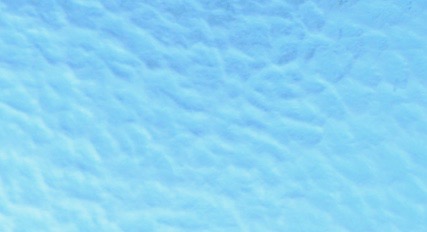
Non Surgical Treatment
Non Surgical Treatment
Skin cancers have traditionally been treated with surgical methods, such as curettage/cautery and excision. While these techniques remain the most effective treatments for certain types of skin cancer, a growing number of nonsurgical treatments are available to treat precancerous sun spots (actinic keratosis) and low-grade skin cancers (squamous cell carcinoma in situ or Bowen’s disease, superficial basal cell carcinoma). These methods, when used in appropriate circumstances, can be highly effective while offering you a treatment option that is less invasive, is less disruptive to your lifestyle and provides a superior cosmetic outcome.
What nonsurgical treatment options are available for precancerous sun spots and low grade skin cancers?
Depending on individual circumstances, nonsurgical treatment options may include:
- Cryotherapy: During cryotherapy, a dermatologist applies liquid nitrogen to the lesion to freeze and kill the cells. The process may be repeated several times in the same office visit. After the treated area thaws, it will swell, blister and scab over as it heals.
- 5-Fluorouracil: 5-fluorouracil (5-FU) is a topical chemotherapeutic medication that is applied to the skin twice a day for 2-3 weeks. It works by directly exerting a toxic effect against cancer cells on or near the skin’s surface.
- Imiquimod: Imiquimod is a topical medication that stimulates the body’s own immune system to attack precancerous or cancer cells. It is typically applied 3-5 times a week for 4-6 weeks, though treatment schedules vary.
- Ingenol Mebutate: Ingenol mebutate is a plant-derived extract. In gel form, it can precancerous lesions in two to three applications. However, for some patients the inflammatory response it causes can be excessive.
- Diclofenac: Diclofenac is a topical gel applied twice daily for three months. It is a fairly well-tolerated treatment of actinic keratoses, but less effective than the other options listed here.
- Photodynamic Therapy: Photodynamic therapy is a treatment in which a photosensitising chemical is applied to the lesion and allowed to absorb, then activated by a light source. This targets and destroys the skin cancer cells.
What are the side effects of these nonsurgical treatments?
Redness, crusting and inflammation are some of the predictable side effects of nonsurgical treatments for skin cancer. Your skin will also be more vulnerable to secondary infection due to the inflammatory nature of these treatments. A steroid cream can be used to settle any excessive inflammation and cosmetic camouflage can be used to hide redness. It’s important to follow your dermatologist’s instructions regarding sun protection during the treatment phase and in the post-treatment period. Your dermatologist will also advise you of strategies to minimise the impact of predictable side effects on your life. Often they can be managed with treatment tailored to the severity and extent of the side effects you experience. The dermatologists and nurses are available to assess your skin on an urgent basis and advise you on management if side effects are a concern.
Who is a candidate for nonsurgical treatment?
Only some skin cancers are suitable for nonsurgical treatments. A clinical assessment of the size, type and location of the lesion is necessary to determine how likely a nonsurgical treatment is to succeed.
Contact Northside Dermatology on 03 8582 8688 to schedule a consultation with a consultant dermatologist.
Send us a message
Contact Us
Hours of Operation
Monday - Friday, 9am-5pm
Phone Number
Fax Number
Emails
Medical Enquiries:
reception@northsidedermatology.com.auLaser & Cosmetic Enquiries:
cosmetic@northsidedermatology.com.au